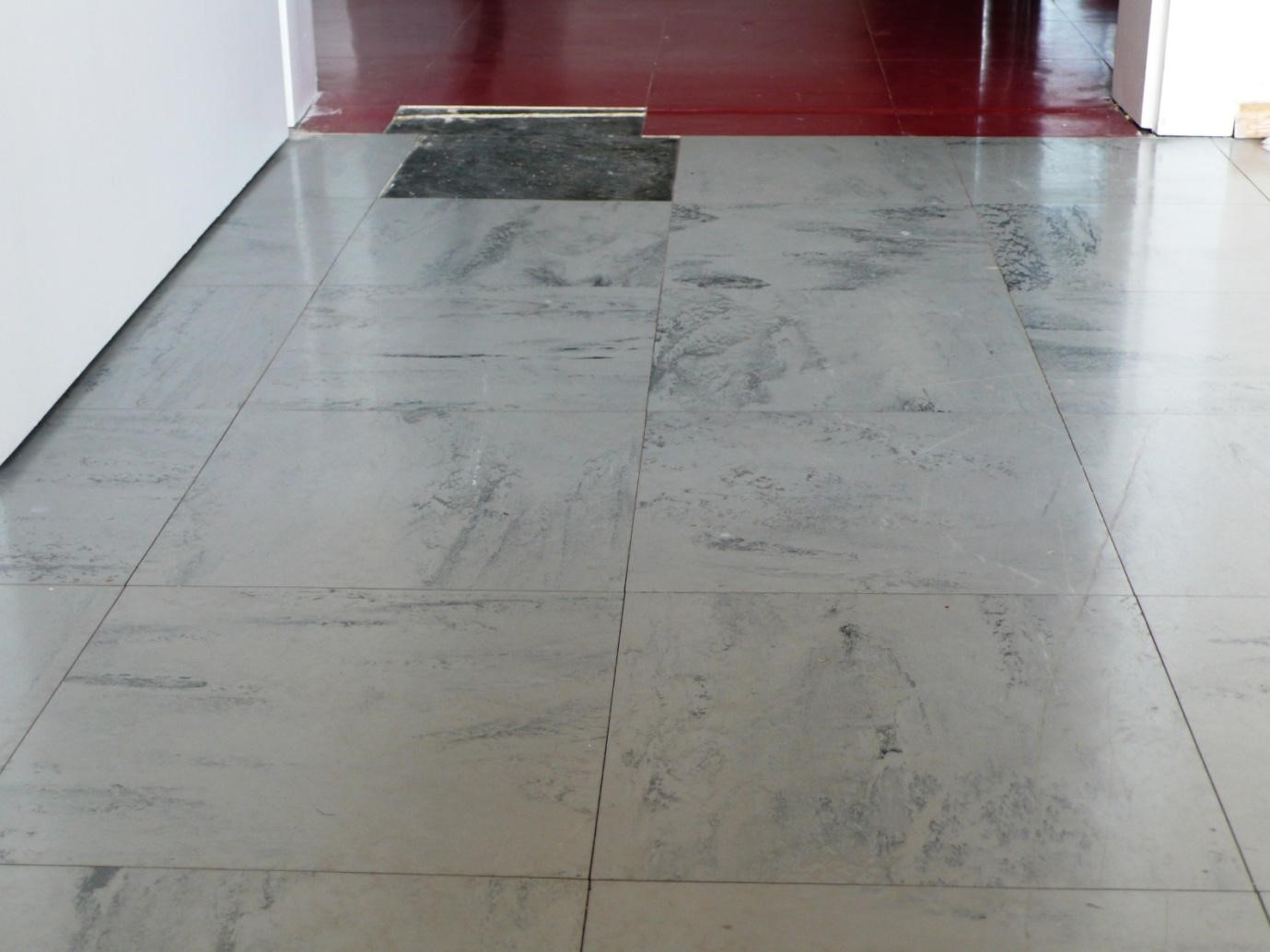For the last decade or so, vinyl and linoleum flooring have fallen out of favour with business and home owners alike. However, the materials have enjoyed a resurgence in recent years thanks to their practical and durable nature. It is this durable nature that means it is a popular choice in office areas, particularly where business owners want durable floors that will withstand the regular use of Operator Chairs such as the ones you can see from stockists such as https://www.bestbuy-officechairs.co.uk/office-chairs/operator-task-chairs/
This flooring type will allow for these popular office chairs to glide effortlessly across the floor. If you are considering new flooring, you should think about the furniture and chairs that you are using in the office and also read through our 6 top mistakes people make when choosing vinyl or linoleum flooring.

Nevertheless, there are still a few things that buyers should be mindful of when opting for these kinds of flooring. Perhaps more so than any other floor types, vinyl and linoleum require careful installation.
Here we take a look at how to do it properly and the six most common mistakes to avoid.
1. Not knowing the difference between vinyl and linoleum
Linoleum is made from natural materials, using linseed oil mixed with rosin, cork dust or wood flour, and it will need water sealing after installation. Meanwhile, vinyl is made using petroleum and is moisture-proof. A good flooring company will provide a selection of vinyl and linoleum options.
2. Not measuring properly
While linoleum and sheet vinyl are popular affordable alternatives to tile and wood floors, they don’t allow as much room for error during installation. With DIY disasters costing homeowners a total of £727 million per year, it’s important to get it right. Measure dimensions carefully before ordering your flooring, then check again before cutting.
3. Installing the floor soon after purchase
Vinyl and linoleum are sensitive materials and should be left for at least 24 hours to allow them to acclimatise to the temperature of your office space.
4. Not making a floor template
While you may think you’re making life easier by not making a floor template, making one could save you time in the long run. To do it properly, use felt paper and tape pieces together until you have a full floor covering.
5. Ripping out the old floor
It’s fine to lay your new flooring over existing material as long as it’s level, dry and clean.
6. Keeping skirting boards in place
When installing vinyl, it might seem like the easiest option is to leave your skirting boards or mouldings in place. However, by not removing these features, you’re bound to end up with an untidy finish. Be sure to remove all mouldings and door thresholds before laying your floor.
By sticking to these simple six rules, you can ensure a perfect vinyl installation and flooring that will last for a long time in your office space.